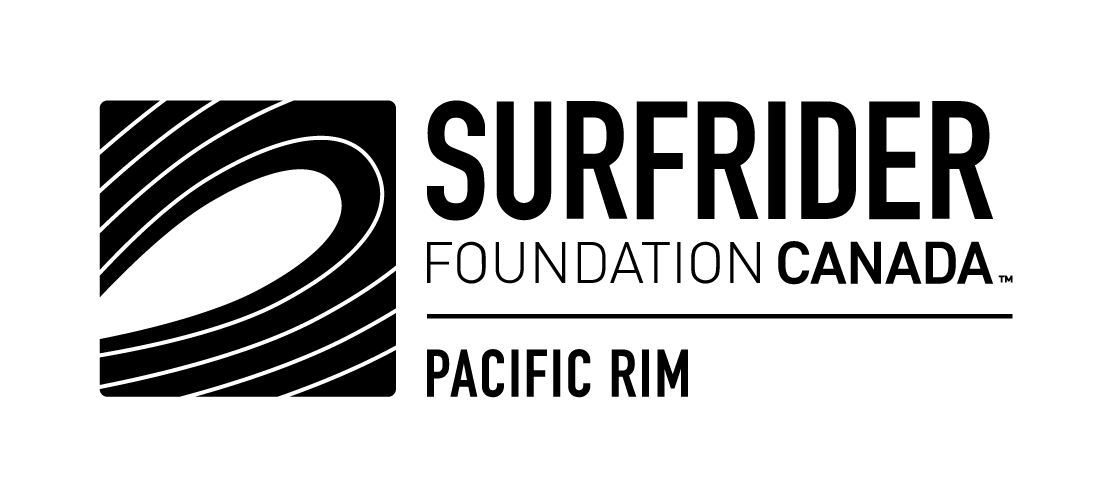[Reconciliation is] Coming From the Heart, and Making It Right
Esowista and Schooner Cove are right in the heart of the Tla-o-qui-aht First Nations’ largest villages, Ty-Histanis & Esowista, and are at the heart of an even larger Traditional Territory. This territory spans all the way from Sutton Pass, includes Haa’uukmin (Kennedy Lake), comes down and across to Wickaninnish Beach, goes up to include the entire Esowista Peninsula, Naachiks (Tofino), Wanachus-Hilthoo’is (Meares Island), and the inlets between. This territory is breath taking and vast – it has been stewarded by First Nations for thousands of years, and is endowed with history, spirituality, sacredness, and abundance.
Unfortunately, this beautiful land and its communities have been under hard times in the last couple of centuries and it is important for us to acknowledge this. While talking about memories from their past, two Tla-o-qui-aht Elders told me, as they were laughing, that there used to be millions of salmon at the entrance to Haa’uukmin. They described jumping into the ocean bumping into 20 and 30 lb salmon that would knock them of course, as young boys. One even reminisced on a time when they caught hundreds of salmon in a single day, in a dug-out canoe. Fast forward to now, after the destruction of overfishing and logging, they say that you would be lucky to see a dozen jumpers in a single day.
For the past year, I have been fortunate to have the opportunity to work for the Tla-o-qui-aht First Nations in their Administration Office. I have been learning, more than I could have ever imagined, about culture, history, government, administration and community – to name just a few things. One really important thing that I have been thinking and learning a lot about is identity, I find myself asking questions like – who are we as Tofitians, as Canadians? To be certain, loads of warm and fun feelings come to mind about plaid, surfing, skiing, multi-culturalism, celebrations of all sorts, and the classic maple syrup. However, there is also another side that often is hidden from our own thoughts, let alone those of the media, public spaces, and dinner time conversations.
In my spare time, outside of working for the Nation, I have been hanging out with the Pacific Rim Surfrider crew and having loads of fun exploring the Tla-o-qui-aht and Ahousaht Territories on beach cleans, both local and remote, and engaging in community efforts towards sustainability. As with everyone who spends time here, my heart has become swollen and overflows with love for this place. Surfrider Pacific Rim also made my heart feel as though it was making things right because the work focuses on ecological restoration and changing behaviours to create sustainable and earth-respecting communities.
In September, the Clayoquot Biosphere Trust put on an amazing day-long celebration in pursuit of a local act of reconciliation. Dubbed Hisinqwiit, the event was much more inclusive for all communities than the Nation-wide “Canada 150” celebrations. This event was both a beginning and the continuation of local reconciliation. Tofino is a hub for open minded and compassionate people and we work well together to create communities that allow all people to thrive, be successful in their own right, feel invited, safe, happy, and where common understandings of history and respect are honoured and shared. When I think of reconciliation locally, I think about all of the efforts that go into building relationships, reciprocity, equity, and respect.
To understand more about this idea of reconciliation, I spoke with an Elder from the Tla-o-qui-aht First Nation. The Elder I spoke with comes from an important family lineage of being responsible for welcoming all people to the territory, known as a beach keeper. Naturally, when I organized my first beach clean (November 2016) I asked him for permission and guidance. He told me that in the Tla-o- qui-aht Nuu-chah- nulth language there is no word for reconciliation, but rather, it could be translated to “coming from the heart, and making it right.”
He spoke of the work that Surfrider does as an example saying that the activity is the action of “reconciling with the land” that “I feel better that I’m cleaning it up because we have to live in this land.” This understanding of being able to actually make reconciliation happen in my own life felt liberating. This work allows us co-constitute ourselves and the relationships between communities by building ecological reciprocity.
For the Nuu-chah-nulth First Nations, territory is known as Haahoulthlee, and is full of meaning. The phrase Haahoulthlee includes acknowledgement of all the constituent elements of the territory which includes its spirits, medicines, foods, sacred spaces, and the elements to create sacred and valuable items such as regalia, harpoons, canoes etc. Working in the Tla-o-qui-aht Haahoulthlee and doing justice to our relationships, by attempting to make things right, includes working with Isaak (respect) for the ancestors and future generations of the Tla-o-qui-aht First Nations.
With Surfrider, we strive to show this respect by helping restore the ecosystems, and by working collaboratively with the Nation and District of Tofino in our endeavours. Firstly, we contact the Tla-o-qui-aht Tribal Parks and ask for guidance and permission. Secondly, we show respect for the land by being as low impact as possible, acknowledging the Haahoulthlee when we begin, and by not removing anything that is not marine debris. Lastly, we always ensure to act with good intentions in our hearts – hence the theme of the beach clean program – “Love Your Beach Clean.”





